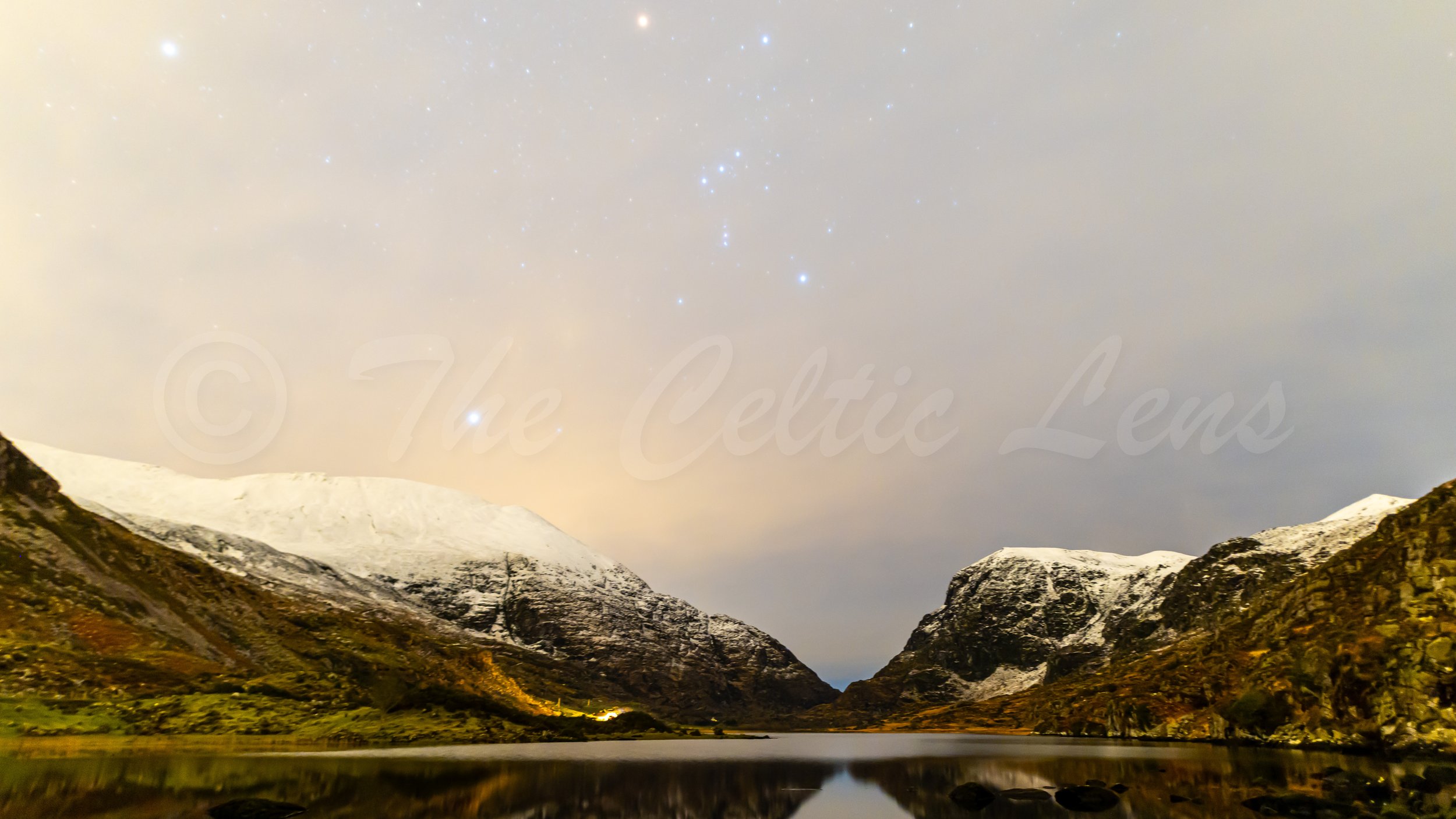
Dark, winding dust lanes that appear like rivers of shadow against the bright background of stars. Dense regions of interstellar dust and gas obscure the light from stars behind them, creating captivating patterns across the Milky Way. The brightness is a result of the combined light from countless stars within our galaxy. When you look at the Milky Way, you're actually observing the disk of our own galaxy from within. The reddish areas you see are regions of hydrogen gas that are emitting light due to the presence of hot, young stars. These are nebulae, and some famous ones you might be capturing are the Lagoon Nebula and the Pelican Nebula. In the Northern Hemisphere, you can often spot the Cygnus arm of the Milky Way, which appears as a dense region of stars and nebulae near the constellation Cygnus (the Swan). Additionally, the bright center of the Milky Way, which houses the supermassive black hole Sagittarius A, is a prominent feature in the southern sky.
Nightscapes
This is a timelapse that shows how the earth really moves in relation to the sky!






